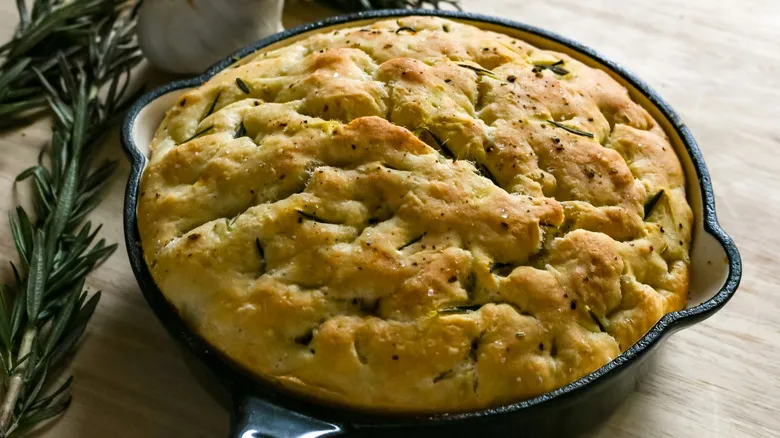Other pans don't compare to the cast iron
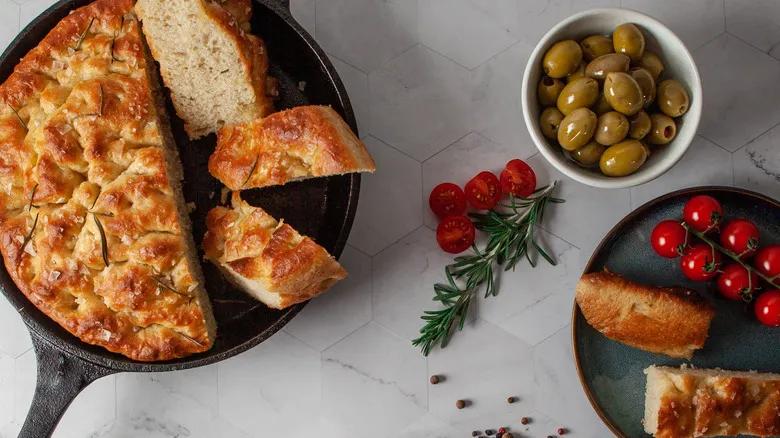
When it comes to making focaccia dough, many home cooks typically reach for a baking sheet. While baking sheets are effective and provide plenty of space for toppings, they can compromise the texture of the focaccia. If the dough doesn't extend to the edges of the pan, the sides may end up soft rather than crispy. Additionally, using a baking sheet often results in a very thin focaccia, which isn't the desired texture. Spreading the dough over a large surface area also makes it difficult to check the bottom for doneness, and you definitely want to avoid an undercooked or insufficiently crisp center after all your efforts.
An alternative is to use a 9-by-13 baking dish, which produces a thicker focaccia with a soft interior and nicely crispy edges. However, no other baking vessel can match the heat retention and circulation of a cast iron skillet, making it the top choice for home cooks seeking reliably crispy edges.
Cast iron skillets heat up quickly and evenly, more so than enameled pans, allowing you to serve your focaccia in no time. If you have multiple cast iron pans, you can easily bake several loaves at once and store any leftovers in the freezer for later. When you're ready to enjoy them again, simply reheat in the microwave or place them back in the cast iron skillet for a few minutes in the oven.
Recommended
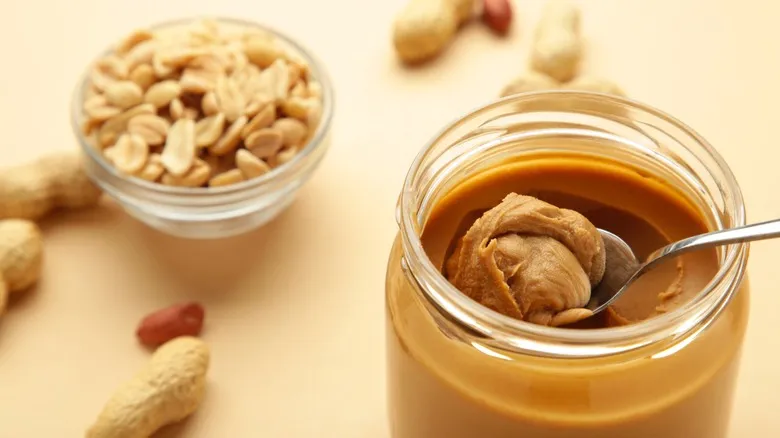
Spread Peanut Butter On Your Baked Salmon And Thank Us Later
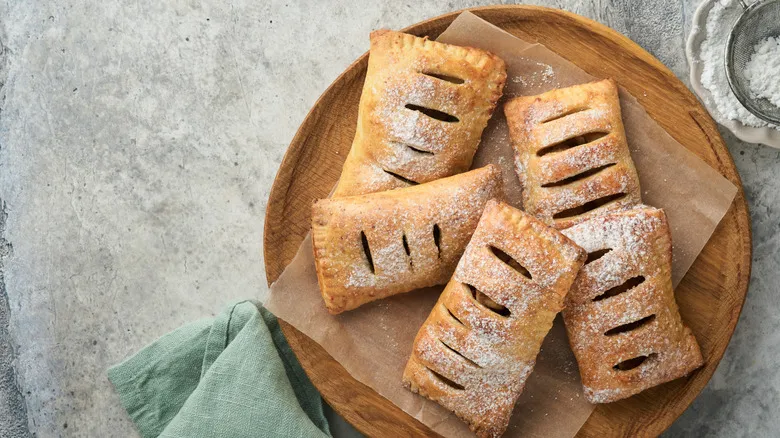
Cook Hand Pies In Your Air Fryer For Easy Desserts Any Time
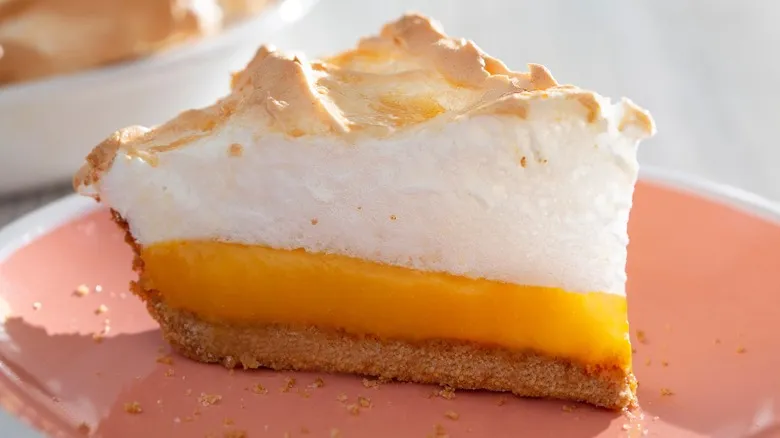
Why You Have To Let Lemon Meringue Pie Cool Down Before Serving
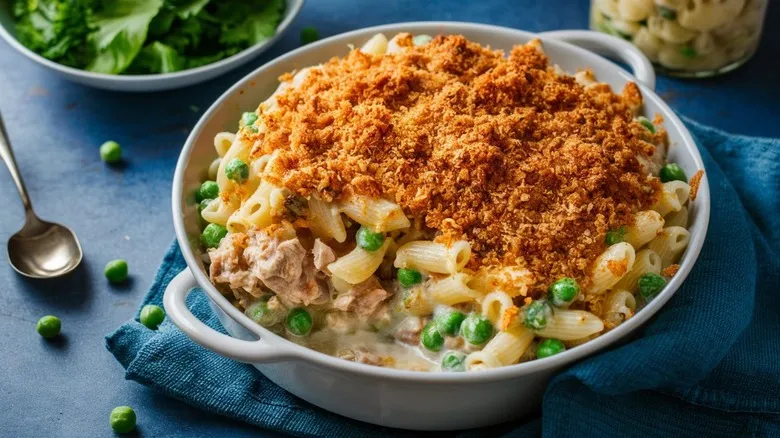
Miso Is The Missing Ingredient In Your Tuna Noodle Casseroles
Next up

